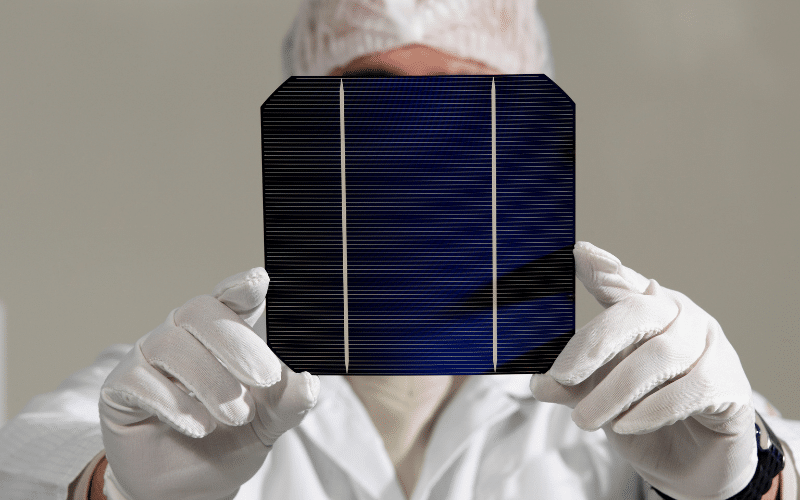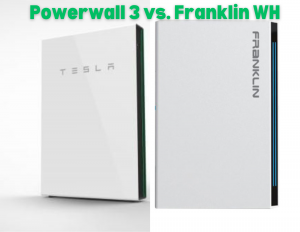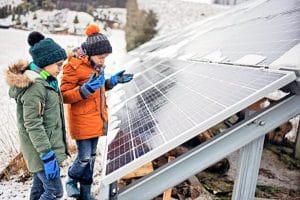How much should solar cost? If the Australian government has its way, the nation will soon be home to some of the lowest-cost solar in the world with a stretch target of $15/MWh.
“Ultra low-cost solar” was recently added as a priority technology in the Australian Government’s latest Low Emissions Technology Statement (LETS). In an effort to accelerate the realisation of this technology, the Australian Renewable Energy Agency (ARENA) has announced $40 million in solar R&D funding.
The concept of ultra low-cost solar isn’t new – the spotlight has been shining for several years on a number of emerging photovoltaic technologies that are stimulating R&D effort in academia and industry. In fact, the solar technology we use today has already undergone significant advancements that have seen improvements in efficiency coupled with ongoing cost reductions.

The road to ultra low-cost solar, however, looks beyond module costs and efficiency, also considering the various components of a power plant system required to produce solar energy.
In this article, we will take a closer look at ultra low-cost solar and the potential role it will play in Australia’s electricity system. We’ll also take a look at some of the innovations that are already happening behind the scenes, and we’ll examine why solar R&D is so vital to bringing them forward.
What is ultra low-cost solar?
Ultra low-cost solar has been flagged as a priority technology in the Australian Government’s latest Low Emissions Technology Statement (LETS).
The goal? To reduce the levelised cost of solar energy to $15 per megawatt hour, roughly a third of today’s cost. This goal is preceded by the government’s “Solar 30 30 30” goal – that is, achieving 30% module efficiency at 30 cents per installed watt by 2030.
LCOE, or levelised cost of energy is a term that describes the cost of the power produced by solar over a period of time, typically the warranted life of the system. By purchasing solar you are essentially creating a hedge against rising utility costs by fixing the per kWh rate at a known cost.
LCOE is calculated using the following basic formula: The total cost of a system (brought back to present value: NPV) divided by the total amount of energy it produces.
The government has placed considerable emphasis on the importance of driving solar LCOE down, claiming it is key to unlocking the potential of other low emissions technologies, including clean hydrogen, energy storage and low emissions materials.
ARENA CEO Darren Miller, said that ultra low-cost solar will be a “vital component” as the country transitions to a low-emissions energy system and, ultimately, the goal of net zero emissions by 2050.
The Industry.gov website goes further to explain that solar electricity generation at $15 per MWh would fast-track Australia’s ability to meet the clean hydrogen stretch goal of production under $2 per kg, and increase our competitiveness in hydrogen export markets. It would also support cost-competitive production of low emissions steel and aluminium, and direct air capture of CO₂ (an emerging technology).

What does ultra low-cost solar look like?
To get a sense of what ultra low-cost would mean, there are two significant levers to consider:
- Module efficiency
- Balance of Plant (BoP) which refers to the various supporting and auxiliary components of a power plant system required to produce energy
In order to facilitate cost reductions for solar electricity that will achieve their stretch goal, the government has stated that we will need to improve module efficiency from about 22% to 30% and reduce balance of plant costs by approximately 70% through the optimisation of large scale deployment.
ARENA’s $40 million in solar R&D funding is split into two streams to support the achievement of both targets. Stream 1 consists of cells and modules, and Stream 2 is focused on balance of system along with operations and maintenance.

The road to ultra low-cost solar
Module efficiency
Australian researchers have played a pioneering role in the development of commercially viable solar technologies, dating back to the 1960s.
Some 30 years ago, a research team at the University of New South Wales (UNSW) developed passivated emitter rear cell (PERC) technology. This breakthrough technology has become the most widely deployed electricity generation technology in terms of capacity added globally each year and is used in 90% of today’s global solar photovoltaic (PV) manufacturing.
Technological advancements in solar cell technology and efficiency have been well-documented. By the early 1980s, the best laboratory cells around the world had reached 17% efficiency, meaning that 17% of the sunlight was converted to electricity, and the rest was lost as heat.
In 1989 PERC technology entered the mix, with a record efficiency of 22-23% that increased to the 24-25% efficiency range in the 1990s following further improvements.
Just a few months ago, SunDrive – a startup founded by former UNSW students and now based in Sydney – set a new world record for a commercial size silicon solar cell, with an efficiency of 25.54%. The cell is also silver-free, replacing the expensive metal with much more abundant and cheap copper.
New solar cell technologies have also emerged, including metal halide perovskites that can be combined with silicon cells to create tandem solar cells that use sunlight much more efficiently. In November 2021, a team of German researchers achieved a record 29.80 % efficiency for a perovskite silicon tandem solar cell.
Not only has solar cell efficiency advanced over the years but new, innovative methods of solar PV application are also coming to the fore. Solar technology such as Building-integrated photovoltaics (BIPV), “floatovoltaics“, solar skins and solar fabrics have revolutionised the way we think about not just solar, but energy production in general.
To meet the government’s criteria, ultra low-cost cells and modules will not only need to offer high efficiency but also need to be cost competitive, offer longevity and consider sustainability issues when manufactured and deployed at scale.
With many technological advancements already in the pipeline, achieving a 30% module efficiency that meets this criterion is not only achievable but likely.
Balance of Plant (BoP)
Earlier we mentioned Balance of Plant (BoP) costs and the government’s goal to reduce costs by a whopping 70%. While the cost of solar modules has generally followed a sharp downward trajectory, BoP costs are not decreasing at the same rate and should therefore be a major area of focus if we want to achieve the “ultra low-cost solar” goal.
Balance of Plant (BoP) refers to the various supporting and auxiliary components of a power plant system required to produce energy, such as inverters, transformers, mounting systems, wiring and cables etc. It also includes installation, construction and maintenance costs.
ARENA’s Stream 2 allocation of funding is intended to broaden the approach to accelerate innovation that can drive the reduction of these costs.
While there are many variables at play, the key to reducing upfront and ongoing BoP costs lies in the strategic application of data, planning and advanced technology. Investment in digitalisation, automation and AI technologies will be a must.
Looking to go solar? We can help!
One of the most effective ways that you can reduce your carbon footprint is to make the switch to renewable energy. Installing rooftop solar panels not only saves you money on your energy bills, but also helps reduce the demand for dirty coal-fired power. A standard 6.6kw solar system will produce around 10,600 kwh a year which will save around 10.6 tonnes of CO2 emissions per year
Energy Matters has assisted over 30,000 Australians in their transition to clean energy. We can guide you toward solar and/or battery storage solution that fits your lifestyle and budget. Receive up to 3, obligation-free quotes from our trusted network of accredited solar installers. It’s fast, free, and takes the hassle out of shopping around.






































